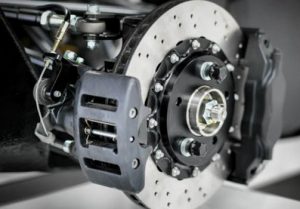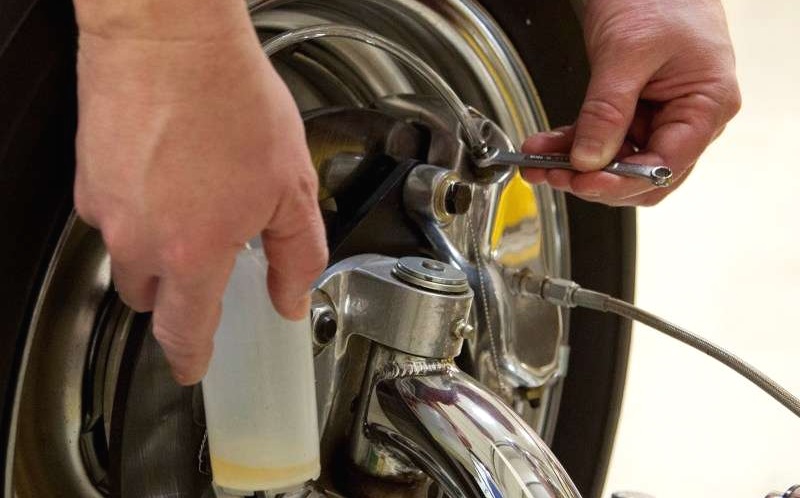What’s Brake Bleeding All About?

Brake bleeding – sounds technical, eh? Really, it’s just the job of getting any pesky air bubbles out of your brake system. Bit like making sure there’s no air in your drinking straw when you’re trying to get a good slurp – you want steady, strong pressure. Same goes for brakes: air in those lines makes your brake pedal go all spongy, and can make stopping feel pretty dodgy.
Happens to the best of us, especially here in Hamilton. With all the roundabouts out at Rototuna, the endless stop-starts on Te Rapa Straight, or when you’re crawling over those bone-rattling potholes near Nawton. Every time you’re on and off the brakes, especially in heavy traffic or coming back and forth from Morrinsville, they’re working bloody hard. And over time, air can creep in, making things less sharp than they ought to be.
Learn more about brake bleeding >
How Do We Bleed Brakes at Grimmer Motors?
We see all sorts in the workshop – from a Toyota Aqua pulling up with spongy brakes after a winter slog on Wairere Drive, to a late model Peugeot 3008 stopping slow after some summer commutes out to Cambridge. Our techs take a good look at your brake fluid level first, top it up if it’s running low, then hook up the right bleeding tool to the wheel cylinder or caliper. After that, we open up the bleeder valve and flush out the old, bubbly fluid until clean stuff’s coming through. Nice and easy.
- Check brake fluid and top up if needed
- Connect brake bleeding gear (we use decent kit, not just a dodgy bit of hose!)
- Open the valve so the old fluid and air can come out
- Keep at it till you’re getting clear, fresh fluid – no bubbles, no worries
Why Should You Even Bother?
Hamilton’s not gentle on brakes. With all the speed bumps down Peachgrove Road and the icy Taurima Street mornings where everything’s damp, your brake system gets a real workout. Air in your lines means you’re not getting full stopping power. And if you leave it, things can get a bit hairy, especially if you’re trying to pull up quick on a wet day in Hillcrest or bomb down to Ngaruawahia.
- Better, more reliable stopping (saves nerves at those sudden Give Way signs on Victoria Street)
- Helps your brake parts last longer – less stress on everything else
- Reduces the chance of bigger, costlier brake repairs down the line
- Massively important for safety – yours and everyone else’s
How Often Should You Get Brake Bleeding Done?
Most car makers reckon every two or three years is sweet. But honestly, if your Mazda Atenza or your Honda Fit is feeling soft or slow to pull up, bring it in. We get just as many women as blokes rolling through with these same gripes. If it feels wrong, don’t risk it just cos it’s not on the service schedule yet.
Looking After Your Brake System
Bleeding the brakes isn’t just a tick-box job. It means your brakes can actually do what they’re made for in real world stuff, like dodging cyclists down Grey Street or navigating the busy Pak’nSave carpark in the rain. Plus, our crew use the brake bleed as a chance to check for other problems – seen a few Hyundai i30s with leaky cylinders, or Isuzu Bighorns from out at Raglan with worn pads, both causing that same air-in-the-system mess. Find the root problem, fix the lot.
Learn more about worn brake pads
Brake Bleeding in Hamilton? We’ve Got You Sorted
Nothing fancy – just honest, efficient work to get your car safe on the road, whether you’re off to Te Awamutu, Huntly, or just popping out to The Base. We’ll have a yarn with you about what we find, give straight-up answers, and you’ll drive away knowing your brakes are humming.
If you want the full package, we also do brake safety inspections and all the usual car service Hamilton stuff. Don’t leave it till you get caught out. Pop in or give us a bell – good brakes save lives, simple as that.
For quick, honest brake servicing and repairs in Hamilton, hit up Grimmer Motors – you’ll get solid, no-nonsense service every time.

